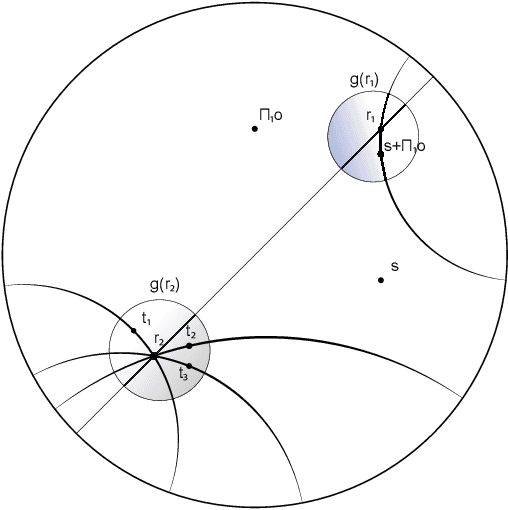HyperKG: Hyperbolic Knowledge Graph Embeddings for Knowledge Base Completion
Paper and Code
Aug 17, 2019



Learning embeddings of entities and relations existing in knowledge bases allows the discovery of hidden patterns in data. In this work, we examine the geometrical space's contribution to the task of knowledge base completion. We focus on the family of translational models, whose performance has been lagging, and propose a model, dubbed HyperKG, which exploits the hyperbolic space in order to better reflect the topological properties of knowledge bases. We investigate the type of regularities that our model can capture and we show that it is a prominent candidate for effectively representing a subset of Datalog rules. We empirically show, using a variety of link prediction datasets, that hyperbolic space allows to narrow down significantly the performance gap between translational and bilinear models.
 Add to Chrome
Add to Chrome Add to Firefox
Add to Firefox Add to Edge
Add to Edge